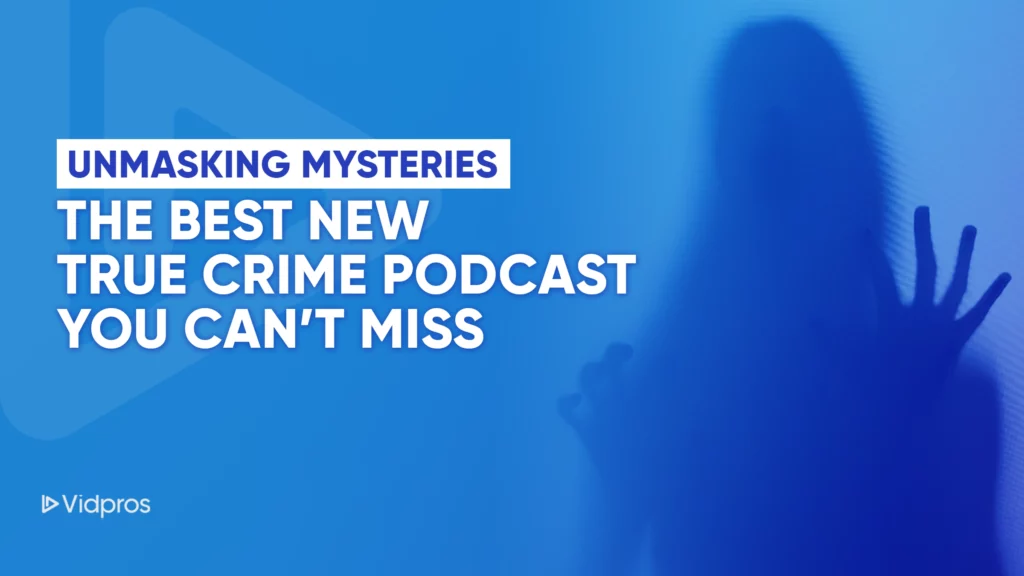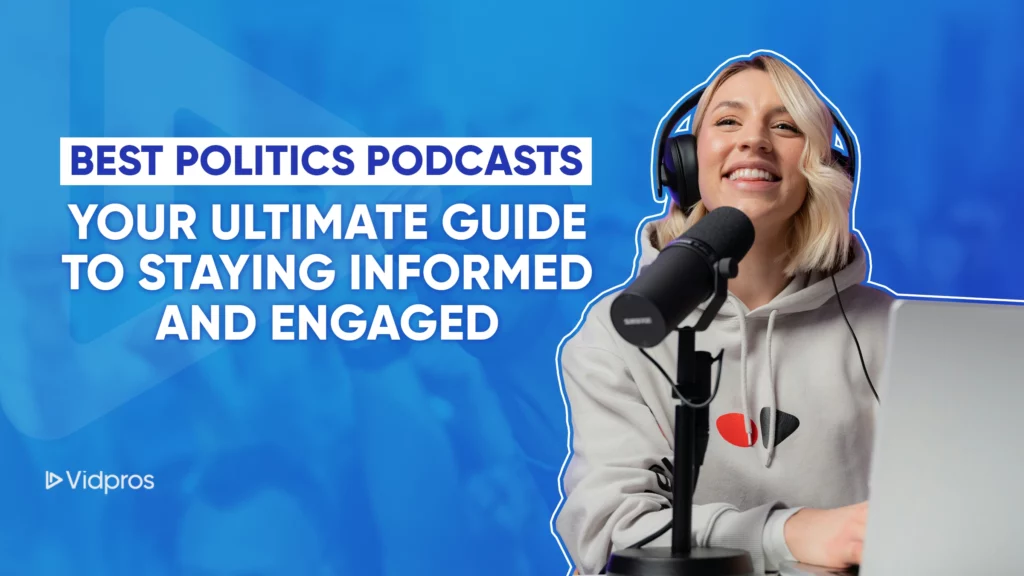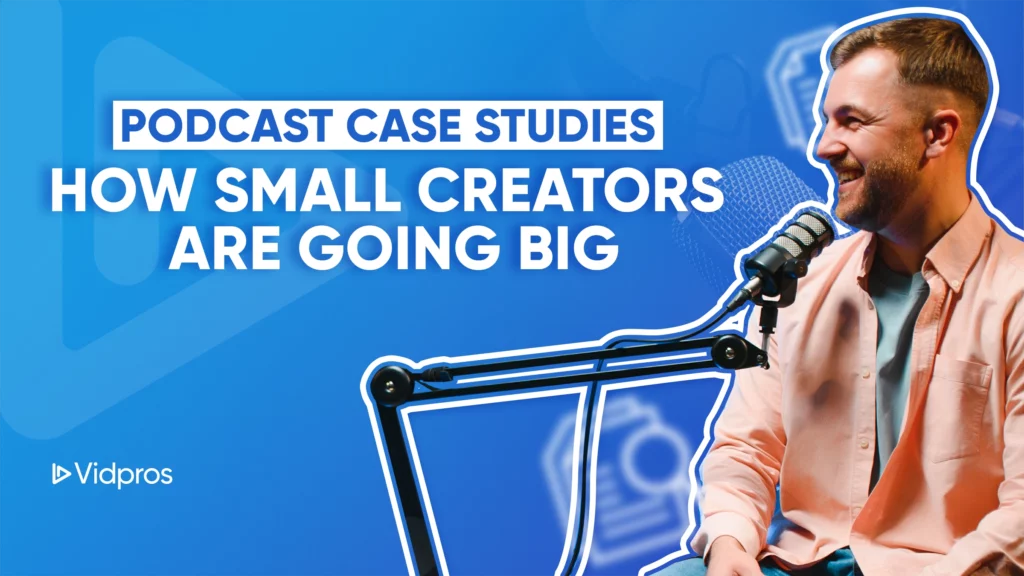Have you ever wondered, “How much bandwidth do you need for a podcast?” Or maybe you’ve hit record on your first episode and found yourself puzzled about data usage. Podcasting has become a staple for sharing ideas, expertise, and stories, but the technical side—like bandwidth—often gets overlooked.
Whether you’re a casual listener or a podcast creator, understanding bandwidth is key to delivering or enjoying audio files with minimal interruptions. From choosing the right file format to ensuring smooth uploads and downloads, the right bandwidth can mean the difference between a well-oiled show and frustrating delays.
Let’s dive deep into how bandwidth works in podcasting, its importance for your podcast, and what you need to know moving forward.
What Does Bandwidth Mean for Podcasting?
In podcasting, bandwidth is the amount of data transferred between your podcast hosting platform and your audience. Every podcast episode you upload requires bandwidth to stream or download to listeners. This means that as your audience grows or your episodes become more complex (think field recordings and sound effects), your bandwidth needs will increase.
Why Bandwidth Matters

Audio Quality Affects Listener Experience
High-quality audio sounds great but requires more bandwidth. A stereo file with higher quality settings, like 320 kbps, consumes significantly more data than a mono file at 96 kbps.
Audience Growth Requires Scalability
Even a small podcast can scale quickly. As downloads increase, your bandwidth must handle the load without buffering or errors.
File Size and Format
The size of your audio files directly affects bandwidth. For example:
-
MP3 (compressed): Lower bandwidth but slightly reduced quality.
-
WAV (uncompressed): Higher bandwidth but pristine audio.
How Much Bandwidth Do You Need?

To calculate bandwidth needs:
-
File Size Matters:
Example: A 30-minute MP3 episode at 128 kbps is about 30 MB. -
Estimate Downloads:
Multiply your episode’s file size by the number of monthly downloads. -
Add a Buffer:
Plan for audience growth and re-downloads of popular episodes.
Example Calculation:
A podcast with 1,000 downloads per month and an average episode size of 30 MB needs:
30 MB × 1,000 downloads = 30 GB of monthly bandwidth.
Factors to Consider
Audio Quality vs. File Size
-
High Bit Rate: Delivers clear sound but requires more bandwidth.
-
Standard Bit Rate: Provides decent quality while conserving bandwidth.
Audience Behavior
Frequent listeners who download every episode demand more data than casual listeners.
Podcast Host
The right podcast host impacts bandwidth efficiency. Popular choices include:
-
Buzzsprout: User-friendly with analytics for monitoring data use.
-
Podbean: Offers unlimited bandwidth for predictable costs.
Content-Type
Spoken-word podcasts use less bandwidth than those with heavy background music and complex production.
Pros and Cons of High Bandwidth
Pros:
-
Higher Audio Quality: Improves the listener’s experience.
-
Scalability: Accommodates audience growth without hiccups.
-
Advanced Features: Supports multi-track audio, music, and effects.
Cons:
-
Increased Costs: High bandwidth plans can be expensive.
-
Technical Management: Requires understanding of settings like bit rate and sample rate.
Tips for Finding the Right Balance
Optimize File Size:
Use compressed formats like MP3 to reduce size without sacrificing much quality.
Choose the Right Host:
Look for a host that matches your needs, such as Libsyn for advanced options or Anchor for unlimited bandwidth.
Monitor Usage:
Regularly check analytics to ensure you’re not exceeding your limits.
Examples of Bandwidth-Friendly Podcasts

Small Podcast Success
Consider a small podcast catering to a niche audience, such as the best podcast for business owners. With around 500 downloads per month, the creator uses MP3 files encoded at 128 kbps. This strikes a balance between good audio quality and low bandwidth consumption, making it an efficient choice for startups with limited resources.
High-Quality Production
On the other hand, a podcast featuring high-quality interviews, immersive sound effects, and field recordings opts for uncompressed WAV files. This choice requires significantly more bandwidth but delivers exceptional sound quality, attracting audiences who value rich audio experiences. While such shows often cater to a broader audience, the increased bandwidth usage may also necessitate higher hosting expenses.
Both approaches demonstrate how creators can tailor their bandwidth strategies to match their production style, audience needs, and budget.
Why Should You Care About Bandwidth?
Bandwidth determines whether your podcast runs smoothly or suffers from playback issues. It’s crucial for ensuring:
-
Listener Satisfaction: Clear, uninterrupted audio keeps audiences coming back.
-
Cost Management: Helps avoid surprise charges from bandwidth overages.
-
Growth Potential: Supports your podcast as you attract more listeners.
How Bandwidth Impacts Listeners

For listeners, bandwidth directly affects streaming quality. High-bandwidth podcasts deliver crystal-clear audio, offering a premium listening experience with enhanced clarity and fewer distortions. However, they may demand faster internet speeds, which could pose challenges for those in areas with limited connectivity.
Platforms offering the best podcast service, such as Apple Podcasts and Google Podcasts, handle bandwidth efficiently, ensuring that even large audio files stream or download seamlessly. These platforms optimize file delivery, making it easier for audiences to access their favorite podcast episodes without interruptions or buffering, regardless of file size or audio quality.
By choosing the right balance between bit rate, file format, and delivery methods, creators can meet listener expectations while maximizing reach. This not only enhances the audience’s experience but also boosts engagement with new and returning listeners.
Tools and Platforms to Consider
-
Best Podcast Service Options:
-
Buzzsprout: Ideal for beginners.
-
Podbean: Unlimited bandwidth for predictable pricing.
-
Anchor: Free with limitations on analytics.
-
-
Podcasting Software:
-
Use tools like GarageBand or Audacity to balance quality and file size.
-
Final Insights
Understanding how much bandwidth you need for a podcast is a game-changer for creators and listeners alike. By optimizing file format audio quality and choosing the right host, you can ensure a smooth experience for everyone involved.
If you’re looking to level up your podcast production, Vidpros offers professional video editing services that make your episodes shine. From seamless transitions to polished visuals, we help you create a well-structured, engaging podcast that resonates with your audience.
Contact Vidpros today, and let’s make your podcast extraordinary!














